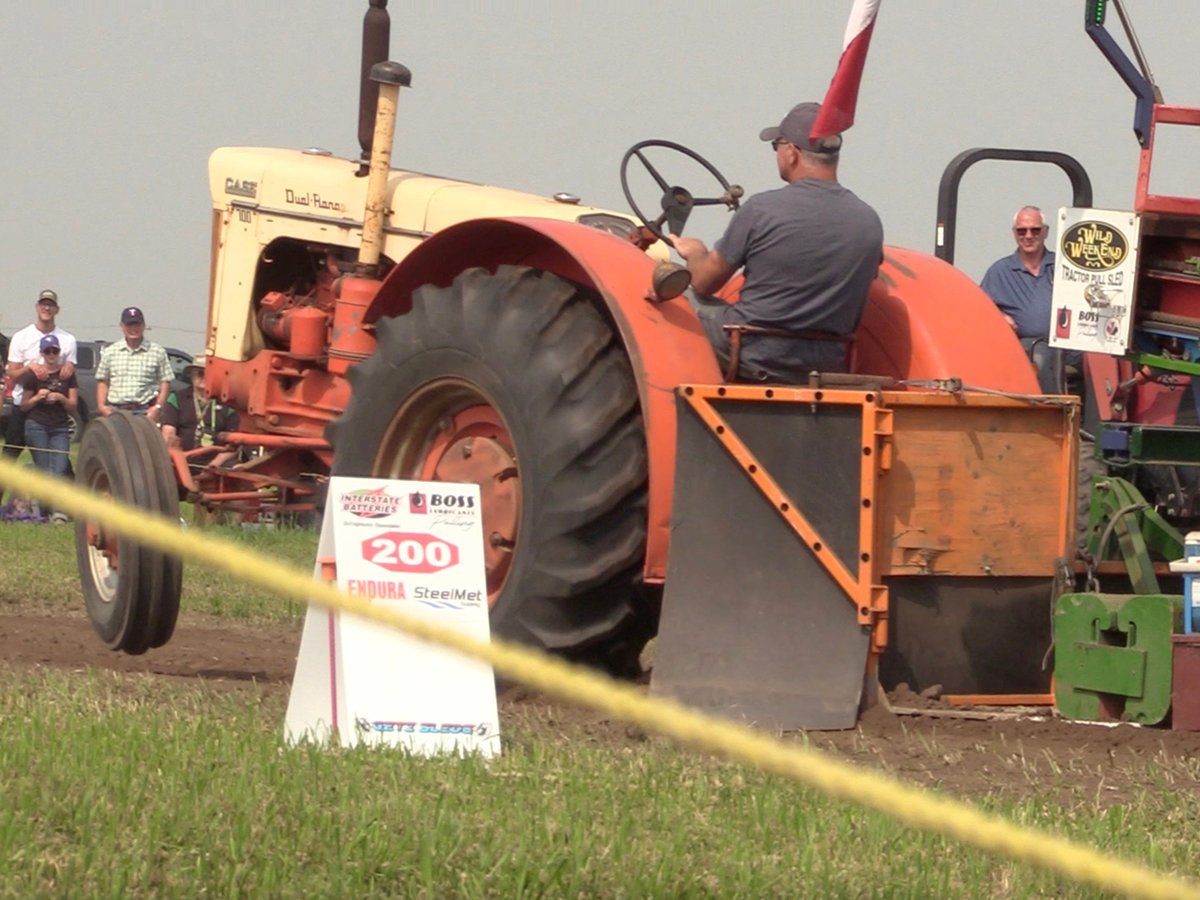Q: I own some pasture land that has been in my family for decades. A new neighbour bought the adjoining land and got it surveyed. It turns out the property line is about 30 feet farther away than I thought, so my retaining pond, a small shelter and a shelterbelt tree line are on my neighbour’s property. He doesn’t want to deal with me on this issue, and wants to put up a new fence on the property line. Can I do anything?
A: The answer depends on which province you live in because this is a matter governed by provincial law. In most jurisdictions, statutes exist that will provide some assistance. I will use Saskatchewan as an example.
Read Also

Vintage power on display at Saskatchewan tractor pull
At the Ag in Motion farm show held earlier this year near Langham, Sask., a vintage tractor pull event drew pretty significant crowds of show goers, who were mostly farmers.
On the fence issue, Saskatchewan has a law called the Line Fence Act. If two adjoining property owners want to put up a fence on the property line, it will benefit both equally. So the law says that they bear the expense of building and maintaining the fence equally as well. If there’s no co-operation and only one person puts up the fence, the other farmer can still be forced to pay for a portion of it.
This law also provides for a dispute resolution mechanism. If there is disagreement, then the matter goes to an independent arbitrator who will decide who pays for what. The arbitrator’s decision is final and binding for as long as the fence exists.
In your case, your neighbour can insist that a fence go up on the actual property line, and you will likely have to pay some of the costs.
Your other question concerns your shelter and pond. I assume these items were put up in the belief that they were on your land, not the neighbour’s. This is not a great situation for you, but all is not lost.
In Saskatchewan, another provincial law applies. It is called the Improvements Under Mistake of Title Act. It provides that where you have made any improvements to land, reasonably believing it belonged to you, you can put a lien on the adjoining land to protect the value of those improvements. The value is determined by assessing how much the improvements boost the value of that land. Also, it may be possible for you to get title to that piece of land. If so, you have to pay fair compensation to that owner for the loss of his land. A court determines what happens and what the compensation should be.
I’d try to resolve this without going to court by approaching your neighbour with a proposal. It would be good if you could avoid the expense of going to court, and hopefully salvage neighbourly relations. But if he really won’t deal with you, then you can always make a court application under the legislation.
Rick Danyliuk is a practising lawyer in Saskatoon with McDougall Gauley LLP. He also has experience in teaching and writing about legal issues. His columns are intended as general advice only. Individuals are encouraged to seek other opinions and/or personal counsel when dealing with legal matters.
















